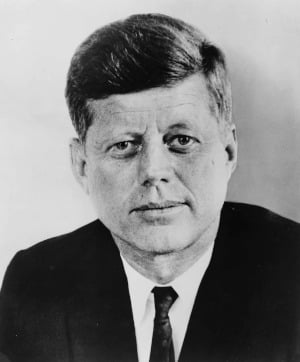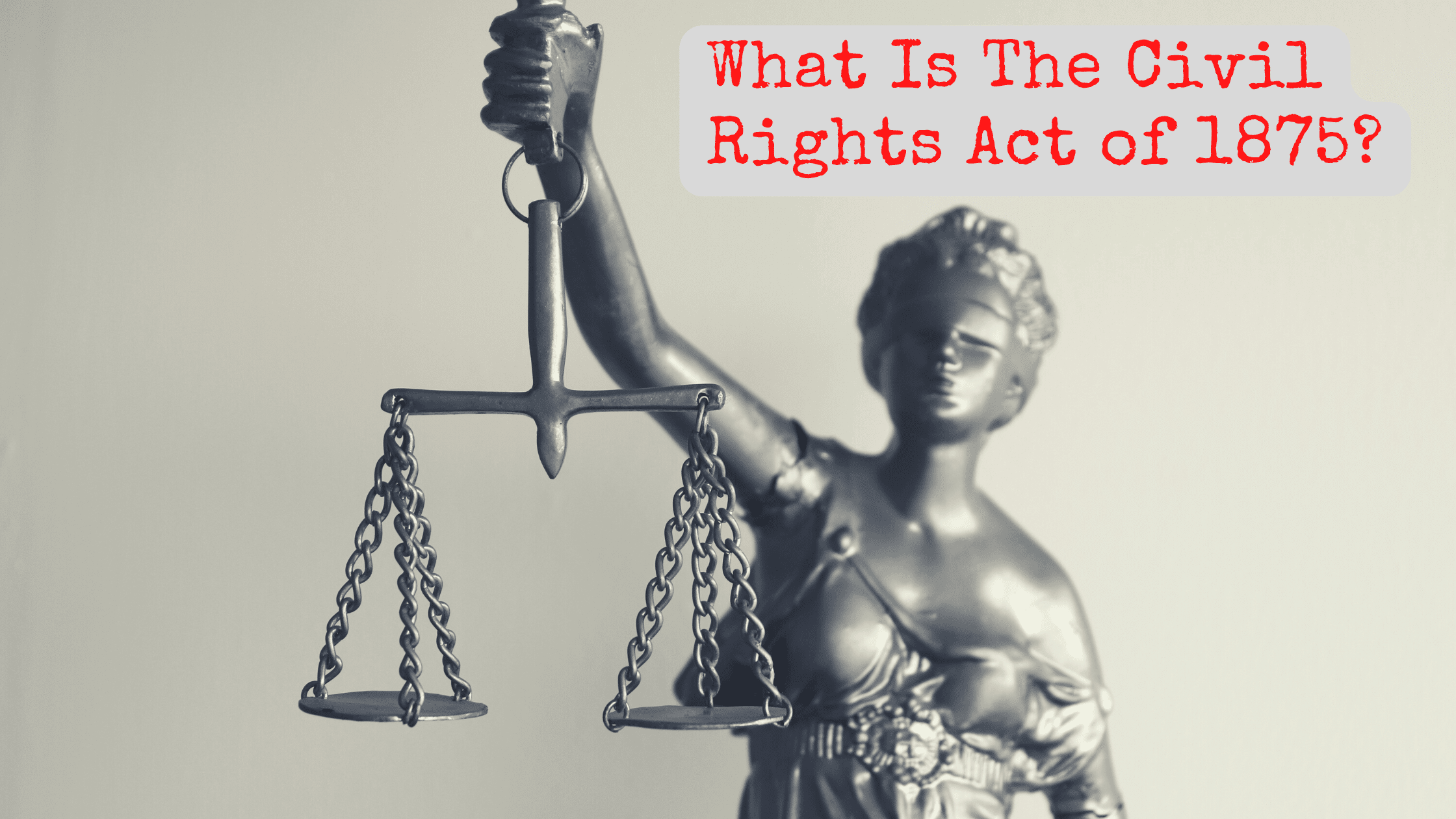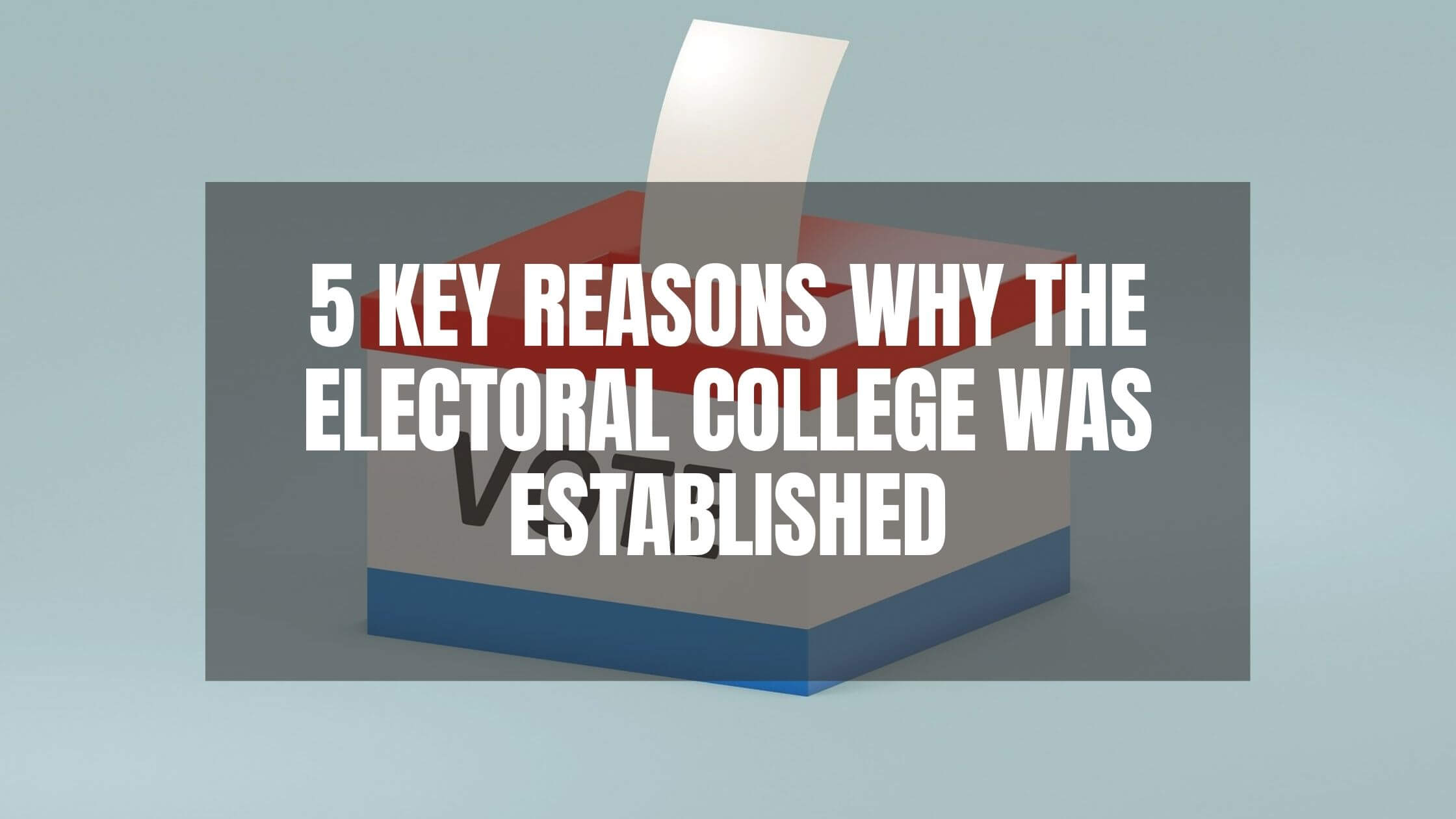Table of Contents
ToggleSwing States and the United States Electoral Process
Unlike many other countries in the world, the United States does not elect a president based on a direct popular vote total. Instead, elections are determined by the Electoral College, a process whereby individual states are assigned a specific number of Electoral College votes. The presidential candidate who receives a majority of those votes is then elected president.

The number of Electoral College votes assigned to a specific state is equal to the total number of Senators and Congressmen or Congresswomen representing the state. While this does ensure that larger states receive more voting power, it does level the playing field a little for smaller states, guaranteeing that every state receives at least three votes regardless of population. As a result of this process, a presidential candidate can win an election but lose the popular vote total.
With the increasing polarization of American politics, most states are typically locked into the presidential candidate that they will support. Only about 10-15 states in a normal election cycle have the potential to shift between the two major political parties. These 10-15 states become the focal point of presidential campaigns every four years and are called swing states.
The Evolution and Formation of Swing States
Throughout American political history, different states have often held strategic value in presidential races, indicating trends in the country as a whole or determining the outcome of an election. However, up until the 21st century, the presence of important swing states often varied with the specific election season. Strong national socio-economic trends, political forces, and the strength of a presidential candidate often created a particular subset of swing states for a specific election season or diminished their presence as a whole.

Get Smarter on US News, History, and the Constitution
Join the thousands of fellow patriots who rely on our 5-minute newsletter to stay informed on the key events and trends that shaped our nation's past and continue to shape its present.

For example, the Election of 1960 was one of the closest in US history, as the country generally approved of the job performance of the previous Eisenhower administration but was looking for a change in leadership. The resulting political climate created many important swing states such as Pennsylvania, New Jersey, Illinois, California, Texas, Minnesota, and Wisconsin, most of whom went to John F. Kennedy, who won the election.
However, the Election of 1964 resulted in the Republican nomination of Barry Goldwater. His unpopular views alienated most of the country and eliminated the presence of a large number of influential swing states, resulting in an electoral landslide victory by Lyndon Johnson.
Again, in 1968, backlash over the Vietnam War and the presence of a 3rd Party candidate created a hotly contested presidential race with many swing states, where Richard Nixon narrowly won the election. Then, in 1972, the presence of a weak Democratic candidate in George McGovern resulted in a landslide electoral victory for Nixon, where swing states did not affect the outcome of the election. Despite a few notable exceptions, swing states did not play a substantial role in most presidential elections during the 20th century.
Swing States and 21st Century American Politics
The Election of 2000 was the first election where a significant political divide in the country among a large majority of states was firmly established. The Northeast, West Coast, and the state of Illinois became safe Democratic areas, whereas the South and most of the Mountain West became safe Republican areas. The remaining non-affiliated states, encompassing much of the Rust Belt and the state of Florida, became the only states that either party could realistically contest during most presidential elections.
The 21st century has seen the permanent transformation of presidential campaigns into highly targeted operations, focusing almost exclusively on about 15 swing states. Residents of the other 35 states often express frustration at how little their votes seem to matter in the current partisan political climate, increasing calls for the abolishment of the Electoral College process for an election determined entirely by a national popular vote.
However, it is doubtful that the electoral process could be changed. The approval of three-fourths of state legislatures required to amend the United States Constitution could not happen in the current political environment.
Important Swing States
Ohio
Historically, the state of Ohio has been the most important swing state in presidential elections, with its centralized location in the industrial Midwest providing a key barometer for a candidate’s strength. It is particularly important to the Republican Party, which has never had a candidate win a presidential election without carrying the state of Ohio. Recently, Ohio has been a swing state in name only, trending heavily to the right, going to the Republican Party by eight percentage points in the last two presidential elections.
Florida
Florida has been the most important swing state in the 21st century, as its incredibly diverse electorate effectively represents the United States as a whole. It was the deciding factor in the controversial Election of 2000 and continues to play a major role in presidential elections with an ever-increasing population. Florida currently has 30 electoral votes, 3rd most in the country behind California and Texas, having recently surpassed the state of New York in population.
Like Ohio, Florida has been trending to the right, in part, due to the shifting of Hispanic voters to the Republican Party and being a popular location for older residents who tend to be more conservative. Florida has shifted Republican in four consecutive presidential elections, going from a 2.8% Democratic win in 2008 to a 3.4% Republican win in 2020. Unlike Ohio, Florida will still likely continue to be a close swing state for the next presidential campaign but will probably end up favoring Republicans by about five percentage points if trends continue.
Michigan, Pennsylvania, and Wisconsin
For the first four presidential elections of the 21st century, the Democratic Party enjoyed an easier electoral path to victory, mainly due to its success in most of the Rust Belt, outside of Ohio and Indiana. When combined with the West Coast and Northeast, Michigan, Pennsylvania, and Wisconsin gave the Democratic Party a so-called “blue wall,” making a Republican victory very difficult. However, in 2016, Republicans finally broke through the “blue wall” and won these three states, transforming them from historically Democratic-leaning states to swing states.
The Democratic Party was able to secure these states again in the Election of 2020, reestablishing their formidable “blue wall” as Joe Biden secured the White House. However, shifting demographics and party affiliation favoring the GOP necessitates that the Democratic Party hold on to these three states to win future presidential elections. These states will probably be the most vital swing states in the 2024 election and future elections, eclipsing both Ohio and Florida in importance.











